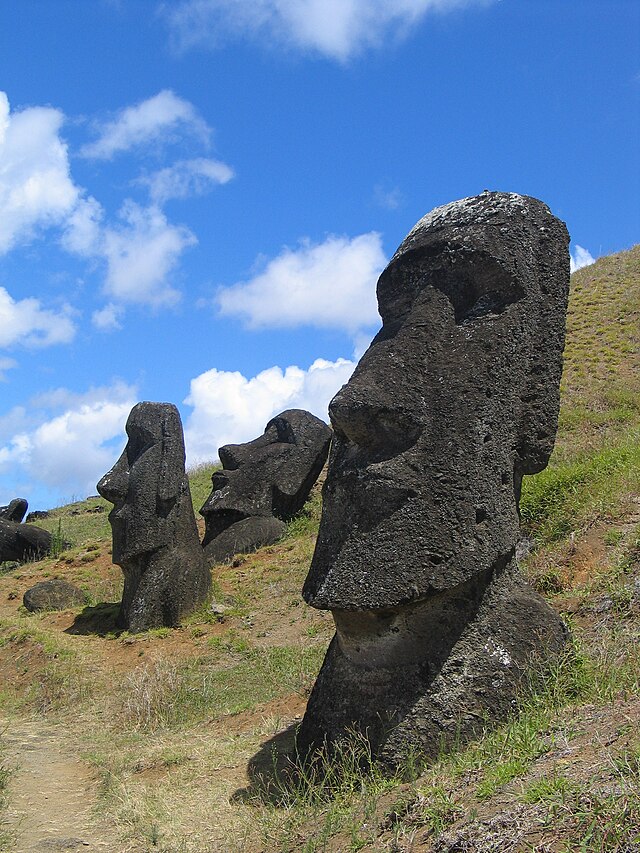The decade of the 1720s in archaeology involved some significant events.
Explorations
- 1722: Dutch explorer Jacob Roggeveen arrives at Easter Island.
Excavations
- Formal excavations continue at Pompeii.

Finds
- 1723: Roman inscribed stone found in Chichester, England.
- 1725: Rudge Cup found in England.
- 1727: Gilt bronze head from cult statue of Sulis Minerva from the Temple at Bath, England, found by workmen excavating a sewer.
Publications
- 1723: Antoine de Jussieu publishes De l'Origine et des usages de la Pierre de Foudre on the origins of fossils, prehistoric stone tools and meteorites.[1]
Births
- 1721: Nicholas Revett (d. 1804)
- 1726: October 12 - Pierre Henri Larcher (d. 1812)
- 1729: 25 September - Christian Gottlob Heyne, German archaeologist (d. 1812)
References
Wikiwand in your browser!
Seamless Wikipedia browsing. On steroids.
Every time you click a link to Wikipedia, Wiktionary or Wikiquote in your browser's search results, it will show the modern Wikiwand interface.
Wikiwand extension is a five stars, simple, with minimum permission required to keep your browsing private, safe and transparent.